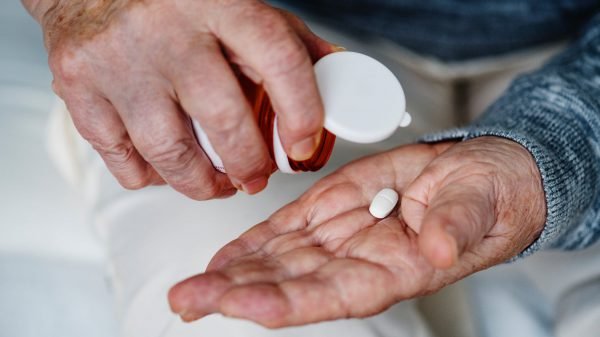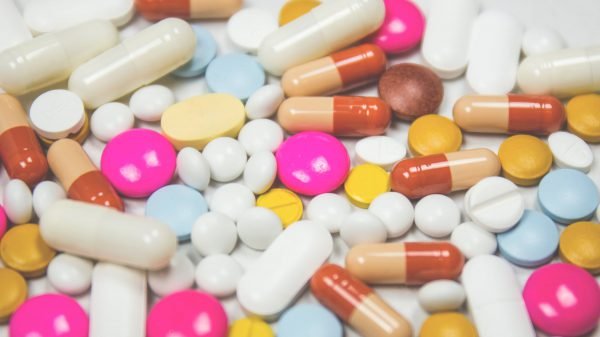Over the last few years, the price of an emergency medication commonly referred to as an “antidote” for opioid overdoses has skyrocketed. The device, Evizio, is the only auto-injector of nalaxone.
Nalaxone counteracts the effect of opioid overdoses by preventing the drug from interacting with the brain’s receptors. Evzio manufacturer Kaleo also owns Auvi-Q, the emergency epinephrine device recently brought back as a competitor to the EpiPen in the U.S.
Evzio has been on the market since 1971, though it was only approved in the U.S. in 2014. Initially, the list price was $575 for a two-pack. Now, the price a two-pack has soared to $4,500, an increase of 680%.
The Auvi-Q and Evzio use the same technology in their auto-injector mechanism to deliver their respective emergency treatments. The list price for a two-pack of Auvi-Q is also $4,500, though Kaleo states the cash price for patients without insurance is $360. The company also holds that more than 200 million people will be able to get the auto-injector of epinephrine with a $0 copay. Still, the list price is roughly 640% more than the list price of the EpiPen, which has come under fire recently for increasing the price of a two-pack by 500% over a period of seven years.
The pricing of Evzio and Auvi-Q have caught the attention of Democratic Minnesota Senator Amy Klobuchar, who sent a letter to Kaleo on Friday asking for details about the company’s pricing strategy.
Mark Herzog, vice president of corporate affairs at Kaleo, told BusinessInsider in a statement, “When setting the ‘list’ price for products, kaléo always starts with the needs of the patient first and then engages with multiple stakeholders in the healthcare system.”
“Following these discussions, in order to help insure our product is available as an option to most patients for $0 out-of-pocket, we set the list price at $4500,” he continued.
This rationale did not satisfy Senator Klocuchar, who wrote in reply,” While these subsidies and programs are noteworthy, I am concerned that they do not address the underlying problem of rising prescription drug costs.”


















































Comment Template